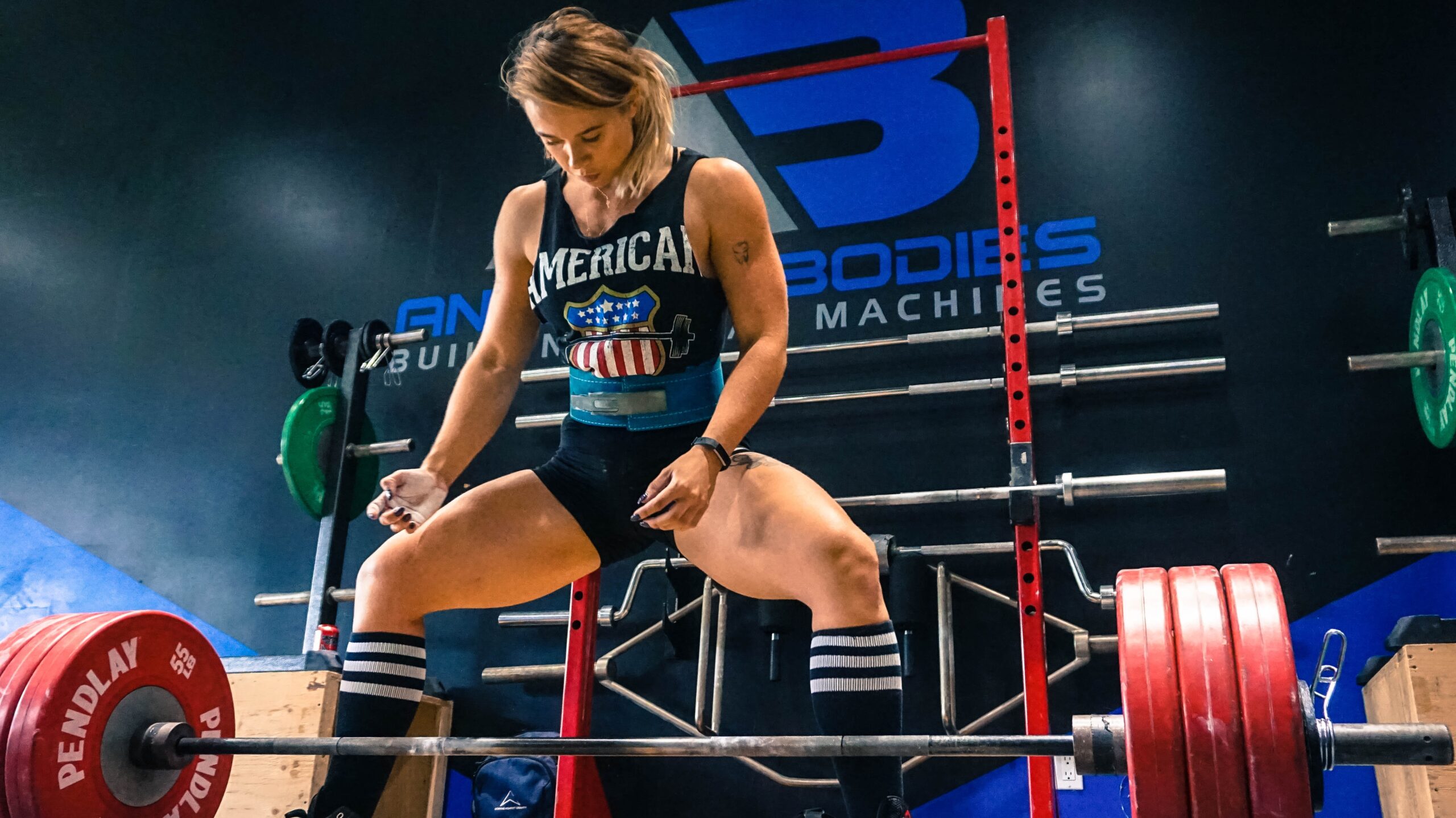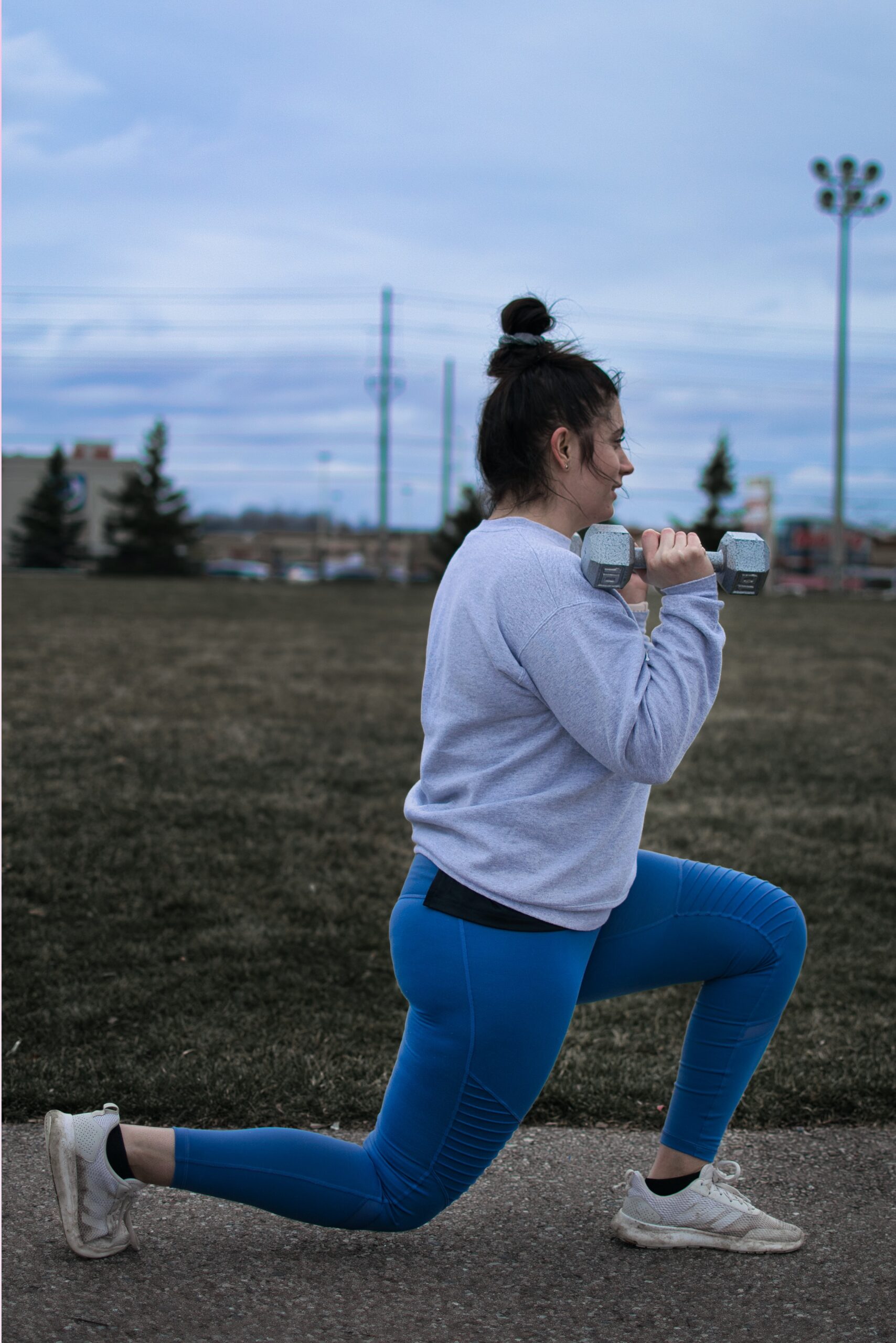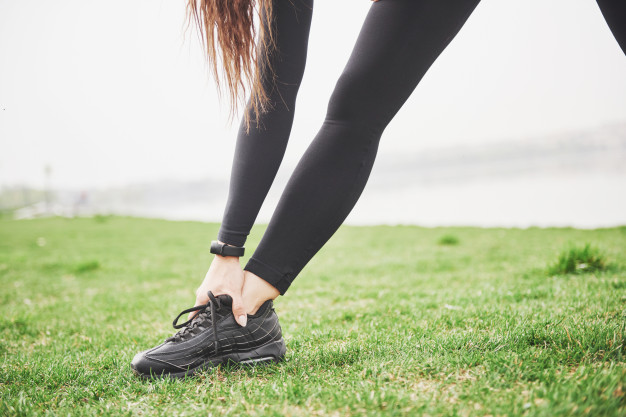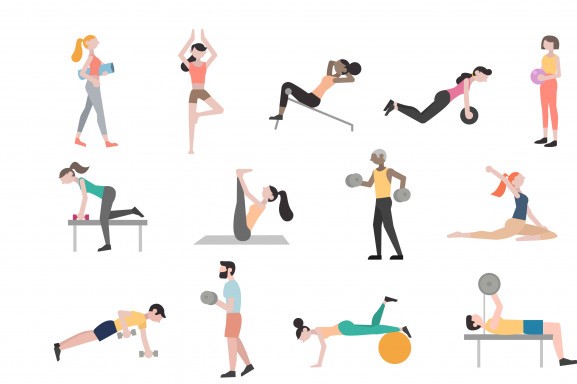What is an Example of a Fit Body in Appearance? Let’s See
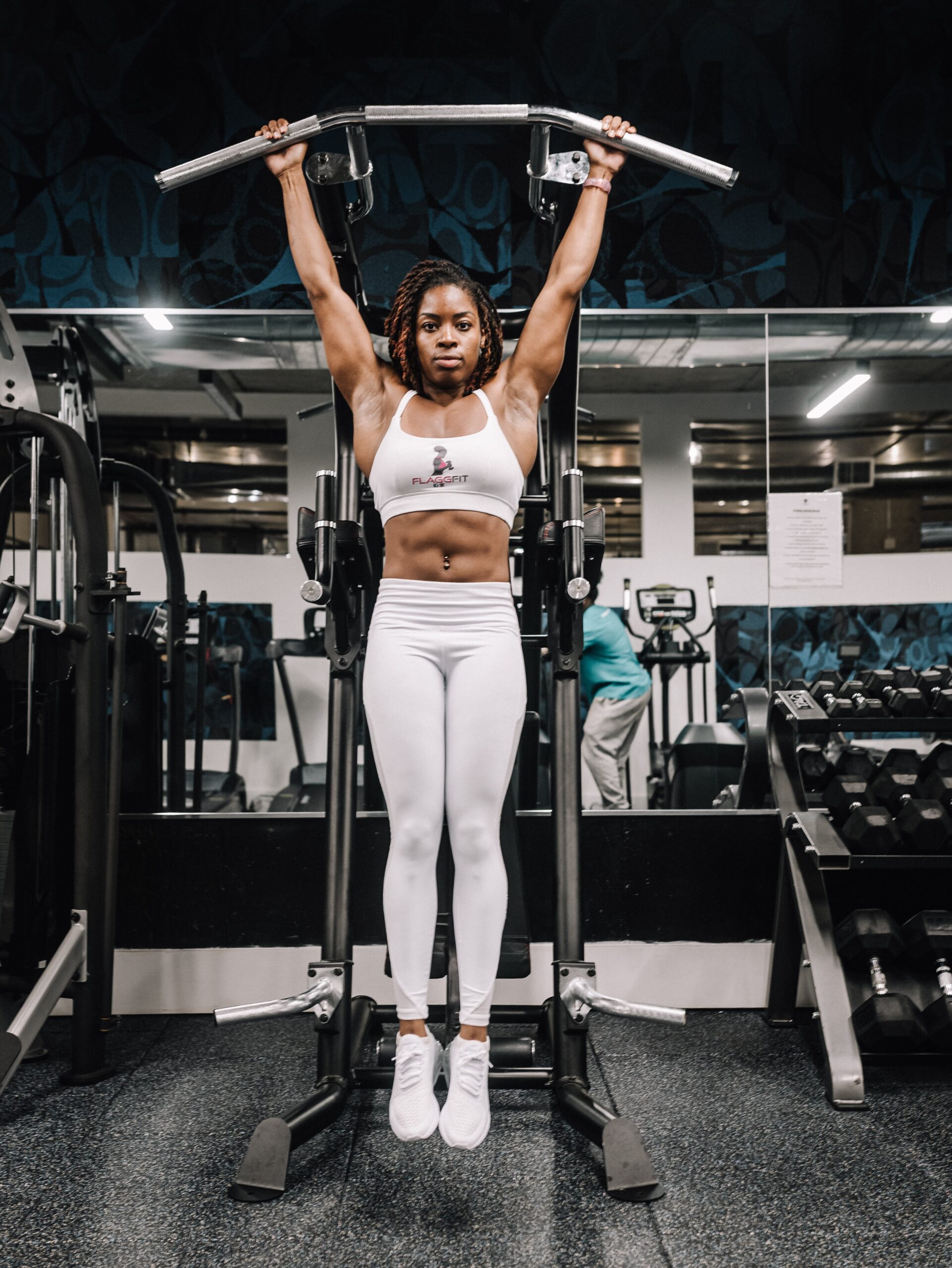
When it comes to what a fit body should be and look like, it’s important to remember that everyone is unique and that there is no one-size-fits-all definition of fitness. That said, there are some general characteristics that tend to be associated with a fit body.
First and foremost, a fit body is typically one that is able to perform a wide range of physical activities without undue fatigue. This means having sufficient cardiovascular endurance, muscle strength and endurance, flexibility, and coordination to meet the demands of daily life and pursue a variety of physical activities.
In terms of appearance, a fit body is often lean and toned, with visible muscle definition and relatively low levels of body fat. However, it’s important to note that body composition (the ratio of fat to lean mass) is just one aspect of physical fitness, and that it’s possible to be fit at a variety of body sizes and shapes.
In addition to these physical characteristics, a fit body is often accompanied by good overall health. This can include factors such as blood pressure, cholesterol levels, and blood sugar control within healthy ranges, as well as mental and emotional well-being.
Ultimately, the most important thing is to find a fitness routine that works for you and that helps you feel strong, healthy, and confident in your own skin. This may involve a combination of cardiovascular exercise, strength training, flexibility work, and other activities that you enjoy and that help you meet your personal fitness goals.
Remember, it’s not about striving for a certain appearance or meeting societal standards of beauty. It’s about feeling good in your own body and being able to live a full and active life. So, focus on finding activities that you enjoy and that help you feel your best, and don’t worry too much about what your body should look like. As long as you’re taking care of yourself and engaging in physical activities that support your overall health and well-being, you’re on the right track.
Find activities that you enjoy: The key to maintaining a fitness routine is finding activities that you enjoy and that motivate you to stay active. This might be a sport, a group fitness class, or a solo activity like running or cycling. The important thing is to find something that you look forward to and that makes you feel good.
Set realistic goals: It’s important to set goals that are challenging but achievable. This might include a specific fitness goal (such as completing a 5k race) or a health-related goal (such as lowering your blood pressure). By setting goals, you can track your progress and stay motivated to continue improving.
Mix things up: To avoid boredom and plateaus, try to mix up your fitness routine by trying new activities, increasing intensity or duration, or incorporating different types of exercise (such as cardiovascular, strength training, and flexibility work). This can help you continue to challenge your body and improve your fitness levels.
Stay hydrated: Proper hydration is essential for maintaining energy, supporting muscle function, and facilitating recovery from exercise. Aim to drink at least 8-8 ounces of water per day, or more if you’re exercising or in a hot environment.
Get enough sleep: Adequate sleep is important for maintaining a healthy weight, reducing stress, and supporting overall health. Aim for 7-9 hours of sleep per night.
Eat a healthy diet: A balanced diet rich in fruits, vegetables, lean protein, and healthy fats can help support overall health and wellness. Avoid processed and sugary foods, which can contribute to inflammation and aging.
By following these tips, you can achieve and maintain a fit body that is strong, healthy, and able to meet the demands of daily life. Remember to listen to your body, take breaks as needed, and seek medical advice as needed to maintain overall health and wellness.
